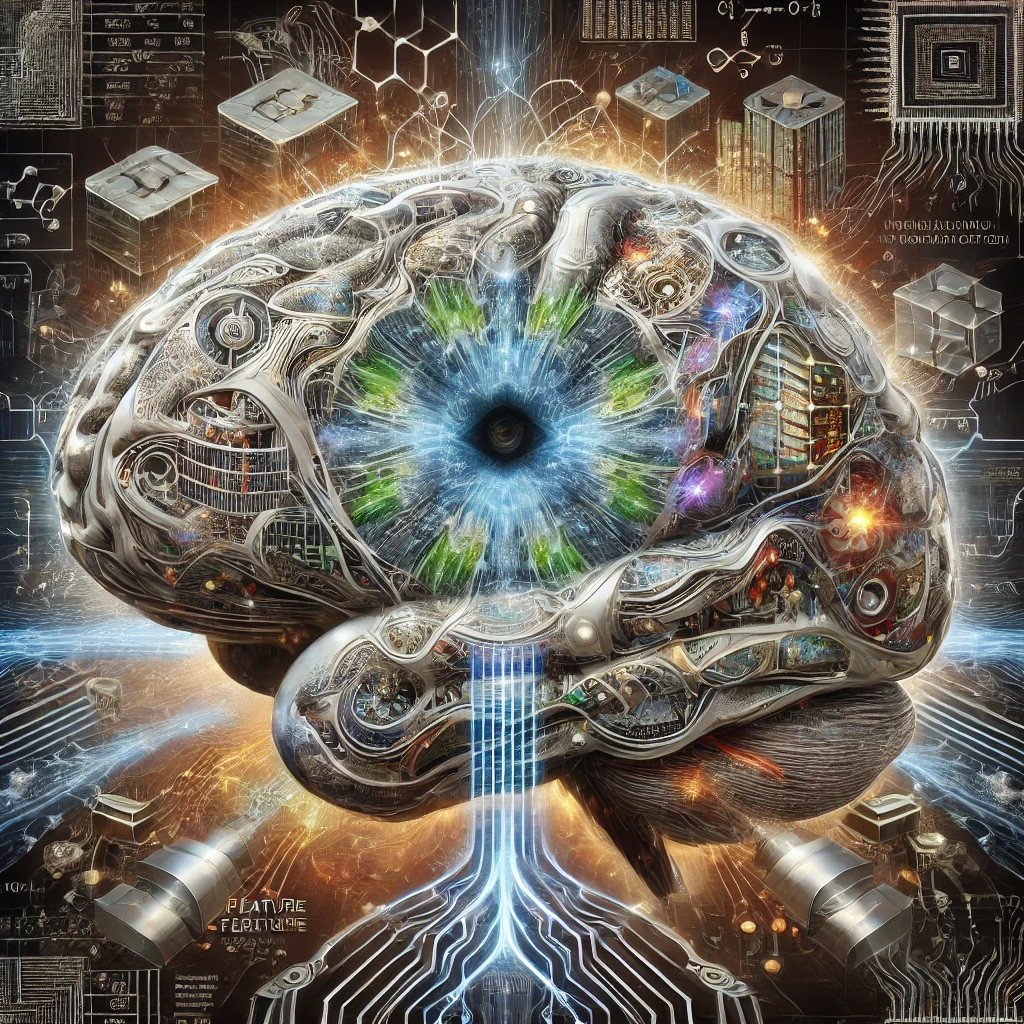What is a Convolutional Neural Network (CNN)?
A Convolutional Neural Network (CNN) is a type of artificial neural network that excels at processing data with a grid-like structure, such as images. CNNs are specifically designed to recognize patterns in data by using mathematical operations called convolutions to analyze input from small, overlapping regions. This allows CNNs to detect features like edges, textures, and shapes, making them especially powerful for image recognition tasks.
Unlike traditional neural networks, which treat each input independently, CNNs take advantage of the spatial structure of data, meaning they consider the relationships between nearby pixels in an image. This makes them extremely effective at tasks that involve visual processing, such as identifying objects in a photograph, detecting faces, or analyzing video frames.
How Does a CNN Work?
CNNs work by breaking down an image into smaller, manageable pieces and learning to recognize specific features, such as lines, corners, or textures, in these pieces. The main building blocks of a CNN are convolutional layers, pooling layers, and fully connected layers:
-
Convolutional Layer
In a convolutional layer, the CNN applies a series of filters (small grids of numbers, often called kernels) across the image. Each filter detects different features, like vertical or horizontal edges, and these filters are moved across the entire image to create feature maps. These feature maps highlight where certain patterns occur in the image. -
Pooling Layer
After the convolutional layer, CNNs typically use a pooling layer to reduce the size of the feature maps, making them easier to process while preserving the most important information. Max pooling, for example, selects the largest value from a small region, which helps to downsize the data while maintaining the key features of the image. -
Fully Connected Layer
Once the convolutional and pooling layers have identified and condensed the relevant features, the data is passed through fully connected layers. These layers work similarly to traditional neural networks and are responsible for making final predictions, such as classifying an image as a dog, cat, or car.
Applications of CNNs in AI
CNNs have revolutionized the field of computer vision by making it easier for machines to recognize and interpret visual data. Some of the most common applications of CNNs include:
-
Image Classification
One of the most famous uses of CNNs is in image classification, where the network can identify objects or scenes in images. For example, a CNN trained on thousands of labeled images can accurately classify new images into categories like “dog,” “cat,” “tree,” or “car.” This type of technology is used in applications ranging from social media photo tagging to medical imaging, where CNNs help identify signs of diseases like cancer in X-rays or MRIs. -
Facial Recognition
CNNs are widely used in facial recognition systems, which power everything from smartphone unlocking to security systems. By learning the unique features of a person’s face (such as the distance between the eyes or the shape of the jaw), a CNN can quickly and accurately identify people from photos or video. -
Object Detection
CNNs are also used for object detection, which goes beyond image classification by not only recognizing objects but also determining where they are located in an image. This is important in fields like autonomous driving, where self-driving cars need to detect pedestrians, other vehicles, and traffic signs in real-time. -
Medical Imaging
In healthcare, CNNs are being used to analyze medical images, such as CT scans, MRIs, and X-rays. They can help detect abnormalities like tumors or fractures with a level of accuracy comparable to human radiologists, assisting doctors in making faster and more precise diagnoses. -
Video Analysis
CNNs can also be applied to video analysis, where they process multiple frames of video data to recognize actions, track objects, or identify scenes. This technology is used in video surveillance, sports analytics, and content moderation on social media platforms.
Challenges with CNNs
While CNNs are extremely powerful, they do have some challenges:
-
Need for Large Datasets
CNNs require large amounts of labeled data to learn effectively. For example, to train a CNN to recognize cats, you would need thousands of images labeled as “cat” for the network to learn the patterns associated with cats. This can be a limitation in cases where labeled data is scarce or expensive to obtain. -
Computational Power
CNNs are computationally intensive, especially when processing large, high-resolution images. Training a CNN from scratch can require significant computing resources, including powerful GPUs (Graphics Processing Units) and large amounts of memory. However, pre-trained models and cloud computing have made it easier for researchers and developers to use CNNs without needing advanced hardware. -
Interpretability
While CNNs are effective at recognizing patterns, they are often referred to as “black boxes” because it can be difficult to understand exactly how the network arrived at its decision. Researchers are working on ways to make CNNs more interpretable, so that we can better understand what features the network is focusing on when it makes a classification or detection.
Conclusion
Convolutional Neural Networks (CNNs) have become a cornerstone of AI, particularly in the field of computer vision. By mimicking the way human vision works—focusing on different parts of an image and recognizing patterns—CNNs can perform tasks like image classification, facial recognition, and object detection with high accuracy. Though they come with challenges like needing large datasets and computational power, CNNs continue to push the boundaries of what machines can see and understand, paving the way for innovations in everything from healthcare to self-driving cars.
